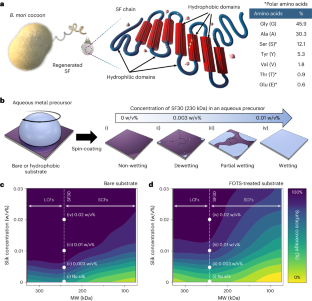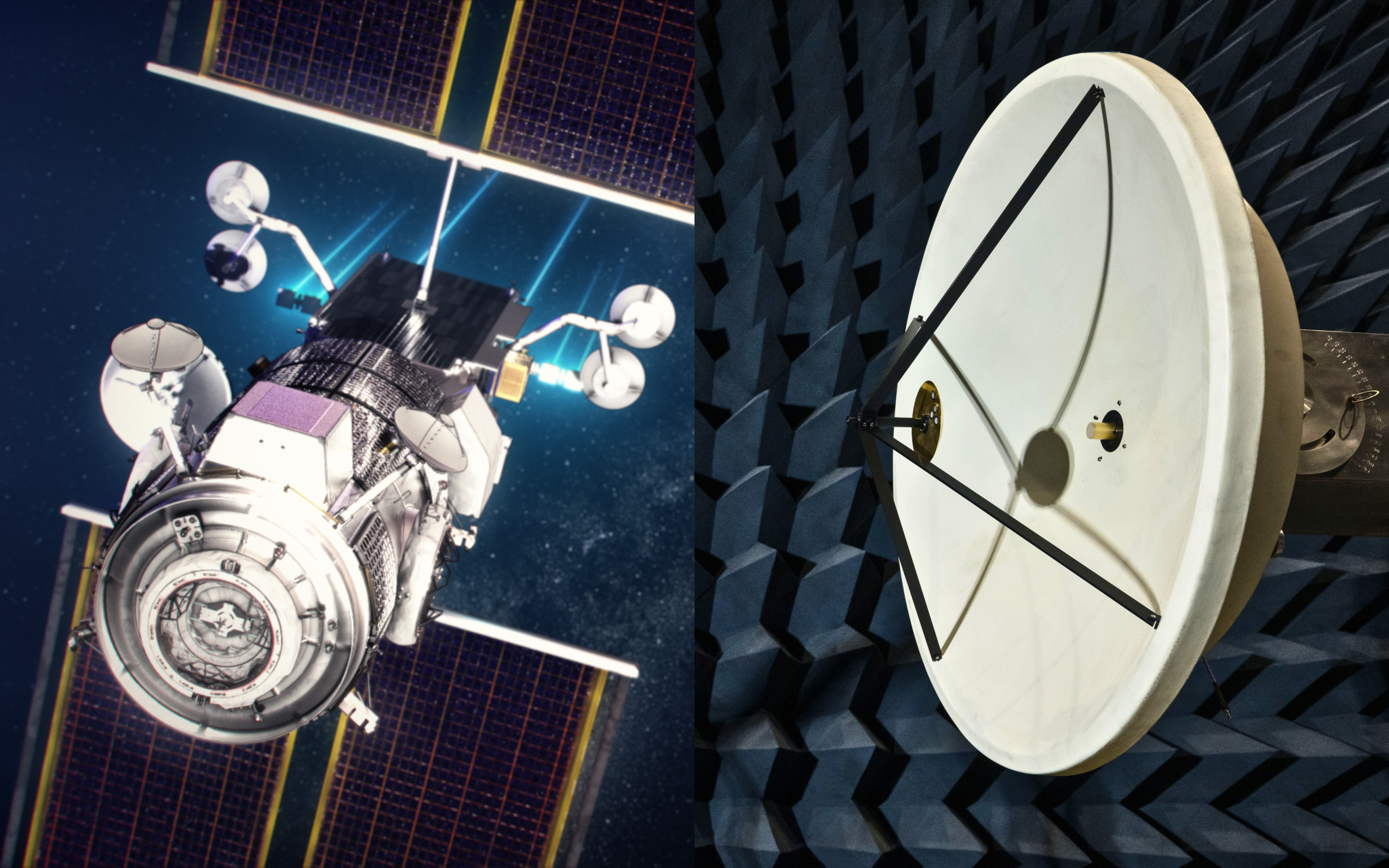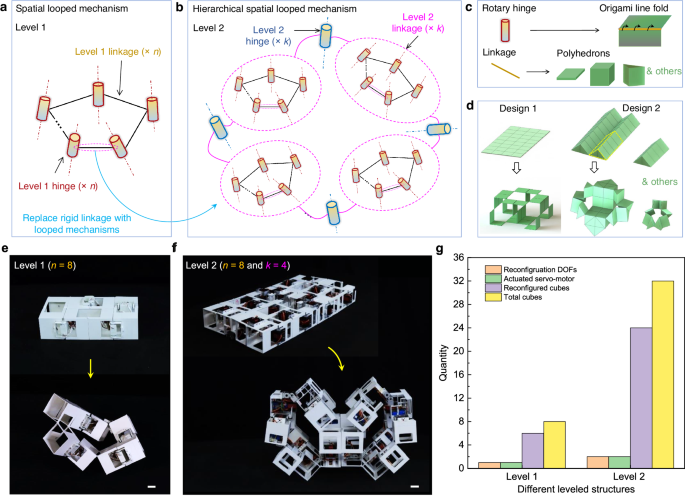2024-07-29 タフツ大学
<関連情報>
- https://now.tufts.edu/2024/07/29/new-more-sustainable-method-manufacturing-microchips-and-other-nanoscale-devices
- https://www.nature.com/articles/s41565-024-01720-3
水性ナノ加工用界面活性剤としての絹フィブロイン Silk fibroin as a surfactant for water-based nanofabrication
Taehoon Kim,Beom Joon Kim,Giorgio E. Bonacchini,Nicholas A. Ostrovsky-Snider & Fiorenzo G. Omenetto
Nature Nanotechnology Published:29 July 2024
DOI:https://doi.org/10.1038/s41565-024-01720-3

Abstract
Water-based processing plays a crucial role in high technology, especially in electronics, material sciences and life sciences, with important implications in the development of high-quality reliable devices, fabrication efficiency, safety and sustainability. At the micro- and nanoscale, water is uniquely enabling as a bridge between biological and technological systems. However, new approaches are needed to overcome fundamental challenges that arise from the high surface tension of water, which hinders wetting and, thus, fabrication at the bio–nano interface. Here we report the use of silk fibroin as a surfactant to enable water-based processing of nanoscale devices. Even in minute quantities (for example, 0.01 w/v%), silk fibroin considerably enhances surface coverage and outperforms commercial surfactants in precisely controlling interfacial energy between water-based solutions and hydrophobic surfaces. This effect is ascribed to the amphiphilic nature of the silk molecule and its adaptive adsorption onto substrates with diverse surface energy, facilitating intermolecular interactions between unlikely pairs of materials. The approach’s versatility is highlighted by manufacturing water-processed nanodevices, ranging from transistors to photovoltaic cells. Its performance is found to be equivalent to analogous vacuum-processed devices, underscoring the utility and versatility of this approach for water-based nanofabrication.



